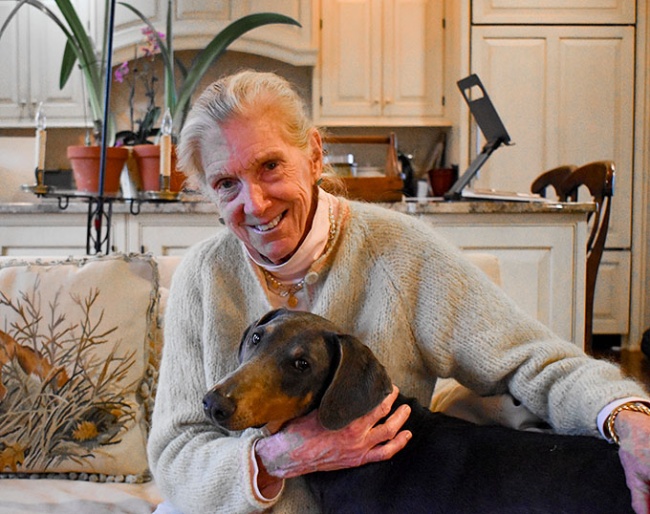
-- Text by Silke Rottermann for Eurodressage
This article is a continuation of
Richard Wätjen: Forgotten Hero of Equestrian Sport and Classical Dressage
Richard Wätjen: Part II - Jimmy Wofford Reminisces about Wätjen in the U.S.A.
To find somebody who has trained with a man who died almost 60 years ago seemed like finding the figurative needle in a haystack. I wracked my brain who of Richard Wätjen’s students could still be around and give Eurodressage an interview. Finally during my research on Wätjen in the USA the name of Donnan Sharp dropped and I contacted her via email to find out if she was willing to give us an interview—which she did.
An event-rider at heart, Donnan switched to pure dressage and represented the USA at the 1968 Olympic Games in Mexico-City. Motherhood cut her active career as international dressage rider short, but she continued as a dressage trainer of high profile eventers in the decades to come.
Now 85, Donnan is still helping riders locally. Having observed dressage’s evolution in the USA from being treated as an orphan in the 1950s and 1960s to what it is today, she remembers her time with Richard Wätjen and expresses her view on the current state of horsemanship in the sport.
Eurodressage (ED): When you started eventing in the 1950s, this discipline seemed on a rise in the USA, whereas the same absolutely could not be said about dressage.
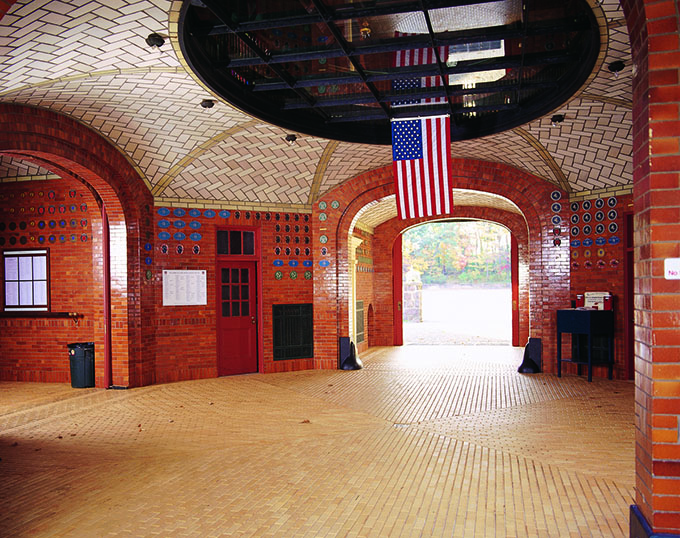
ED: How did you come to meet Richard Wätjen at the McIntosh’s Sunnyfield Farm when you were still eventing in the late 1950s. Dressage didn’t play a big role then compared to today?
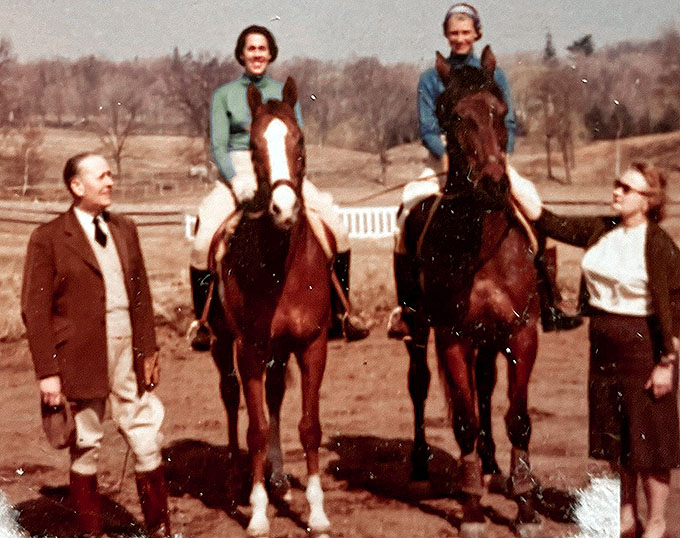
(on her Olympic horse Mr. Wister xx) and
Vera Wätjen at Sunnyfield Farm early 1960s.
ED: One should think that a man of Wätjen’s reputation and expertise had many serious dressage riders as students?
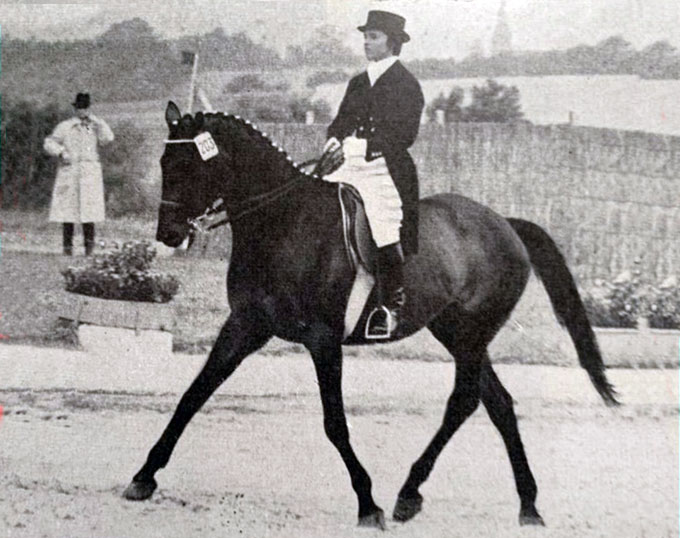
Malteser at 1961 CDIO Aachen
There was very slim interest in the sport of dressage at that time. Wätjen had a couple of serious local ladies. Mrs. Sorrel for example who I remember from working at Sunnyfield.
ED: In which way did Wätjen let you in the secret of dressage when you started working with him?
DS: Oh, all my praise still goes out to that dear man who took us when we did not even know our diagonals and just loved to run and jump. Wätjen had a school-horse called ‚Dutchman‘, a tough, not very big chestnut warmblood with a standing mane, on whom we learned. Side-reins on and we were quickly exposed to a whole new world.
ED: At that time dressage was far from being a determinant part-discipline of eventing, so did your efforts show in the end?
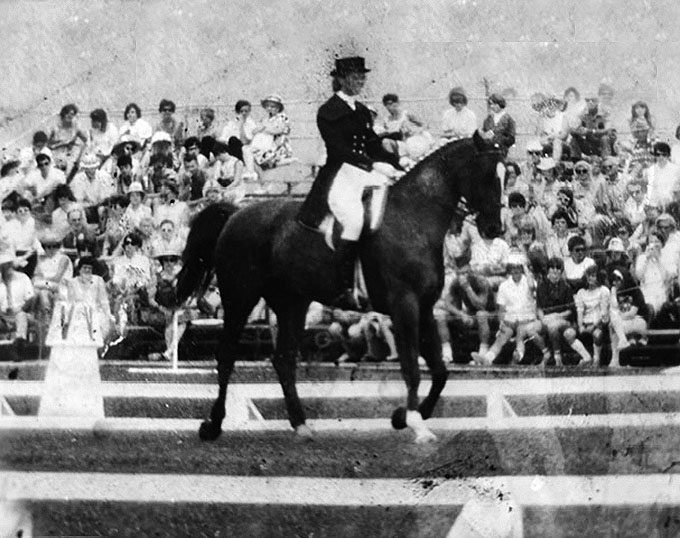
The Canadian event team used the event Lana and I organized as their practice run for the 1959 Pan American Games in Chicago.
ED: Wätjen moved to the USET headquarters at Gladstone in the 1960s...
DS: In those days the USET invited talented riders to come to Gladstone and train there. When Lana Dupont and I were invited to do so, we asked the USET if they wouldn’t like Wätjen to come too. They were thrilled and Wätjen lived in a small house on the team property. Lana and I gave him a small salary, but he could also help anyone else that asked. So he helped some of the other eventers. I don’t know if the team gave him a salary, there were no pure dressage riders in Gladstone.
ED: Did Wätjen receive guest riders in Gladstone, who took their horses there to get dressage lessons?
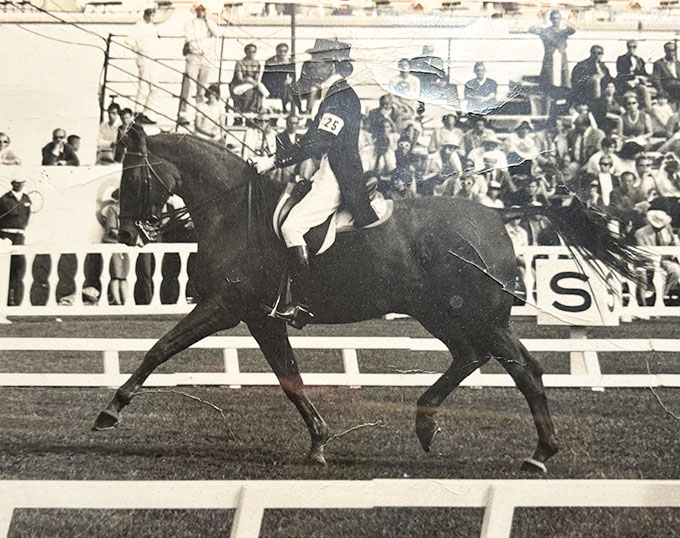
ED: How would you describe Wätjen’s approach to teaching?
DS: It was a very different approach to what I now use. He told us step by step what to do. There was never any discussion on why we should be doing that or how it should feel. There was never any talk, you just did what you were told, and magically it worked! But only through time and experience could I put it all together and ride on my own. There was never any yelling or rough talk, but his wife Vera would be standing in the corner of the indoor, muttering to you as you rode past, "Sit up and pay attention." She was devoted to her husband and made sure we paid attention.
ED: Did Wätjen ride the team horses now and then or in the daily training?
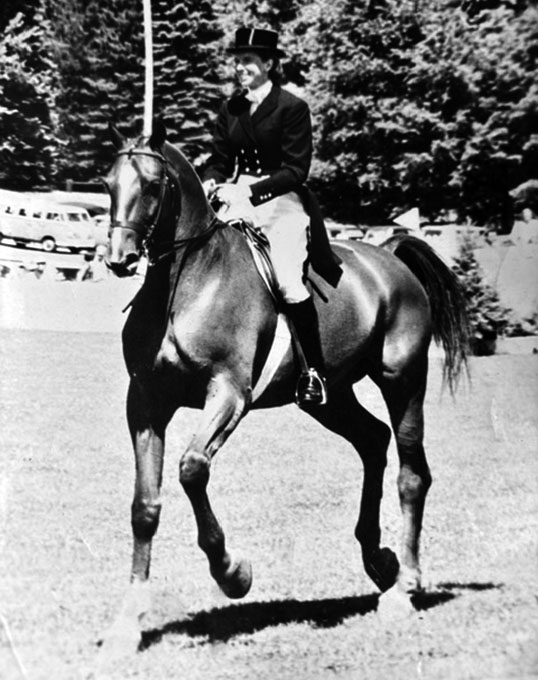
ED: Your 1968 Olympic horse was a warmblood. Did you choose him with Wätjen still around?
DS: Yes, we chose Attaché (1954 born Hanoverian gelding by Astfarn) together, but I cannot really remember where, possibly at von Neindorff in Germany. We had shopped for a school horse there earlier (Editor’s note: Egon von Neindorff had trained with Wätjen earlier on in Germany). Attaché was not fancy and only schooled about 3rd level then, no changes or much lateral work or collection, but he was affordable.
ED: When and why did Wätjen leave the USA for Germany again?
DS: I was very pregnant with my first child and he thought it was a good time to go home to Germany for Christmas 1965. He died while being in Germany in January 1966. His wife Vera came back and stayed with us for a few days to pack up and that was the sad end.
ED: Would you say there is anything left of Wätjen today in your country?
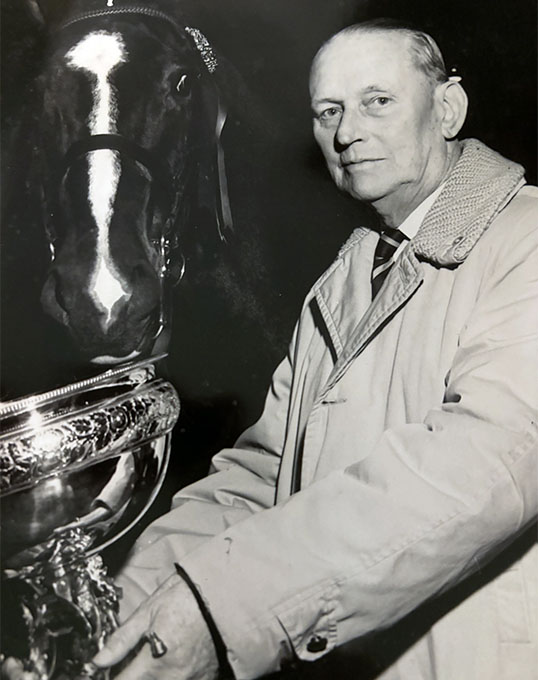
in 1961 as schoolmaster for Edith Master,
Lana DuPont and Donnan Sharp.
ED: I heard you have been a very sought after dressage trainer for eventing riders. Who did you train and what were your main principles while teaching?
DS: My former husband Mike Plumb, Bruce Davidson senior, Karen O’Connor, Wash Bishop and Nina Fout were among my students. My main objectives are to have a horse level and straight on both sides, comfortable in the topline, and no overflexion. If that is accomplished, impulsion can be added. There is no point in a horse going fast forward, crooked and out of balance.
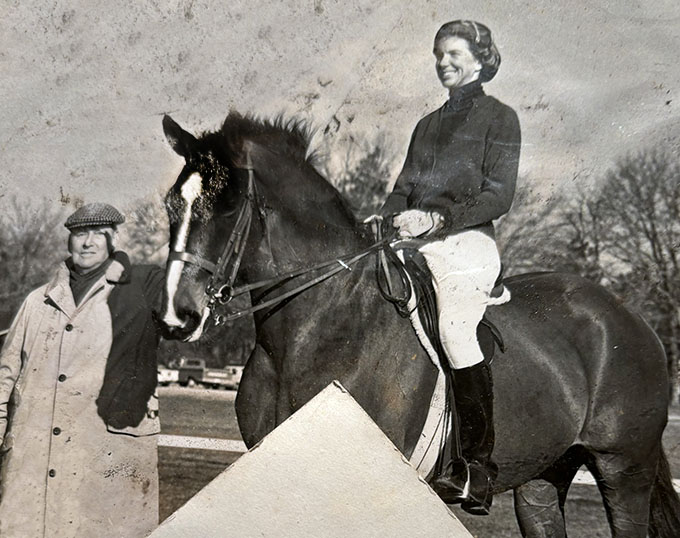
ED: Dressage in the USA, just like in Great Britain, has grown by leaps and bounds over the past decades. Which are the reasons for it?
DS: I think eventing promoted dressage. And I think dressage for riders who aren’t brave enough to jump, but want to compete this is an alternative. The Olympic team bronze medal which the US dressage team won in Montréal 1976 brought interest and awareness. The FEI discipline had finally gotten recognition and was deemed possible, horsewise and coachwise.
ED: If you compare your active time with nowadays, which are the main changes in the sport of dressage and do you personally welcome these changes?
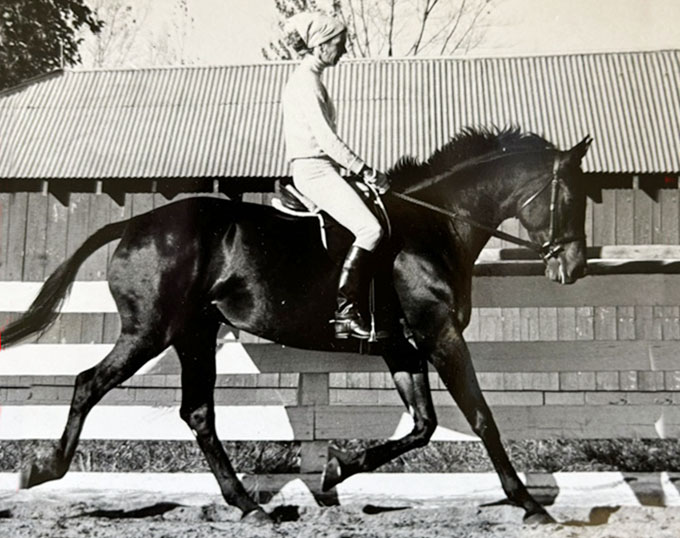
ED: Did the massive breeding evolution make training easier or does it raise the danger and enable riders to take short cuts?
DS: That is well put. I don’t think this freakish movers are going through the same basic training, but I’ve never worked with one so I hope to be proven wrong.
ED: Do you think the fact that the FEI blood rule had to be applied several times over the past years is an expression that the riding and the training have changed significantly?
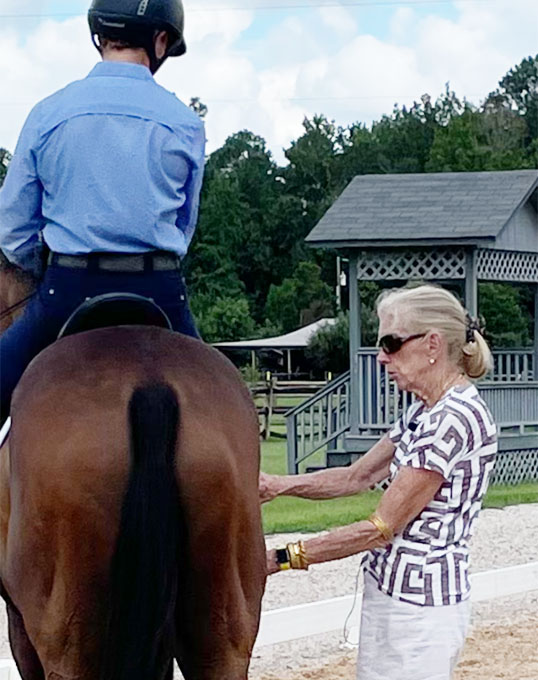
I do think many riders in general do not have the patience and understanding of the beautiful conversation you can have with a horse just with quiet body language. To me that is the art and beauty of dressage.
I think Richard Wätjen would be disappointed in the lack of horsemanship today, as would Bert de Nemethy.
- Silke Rottermann conducted this interview in January 2024